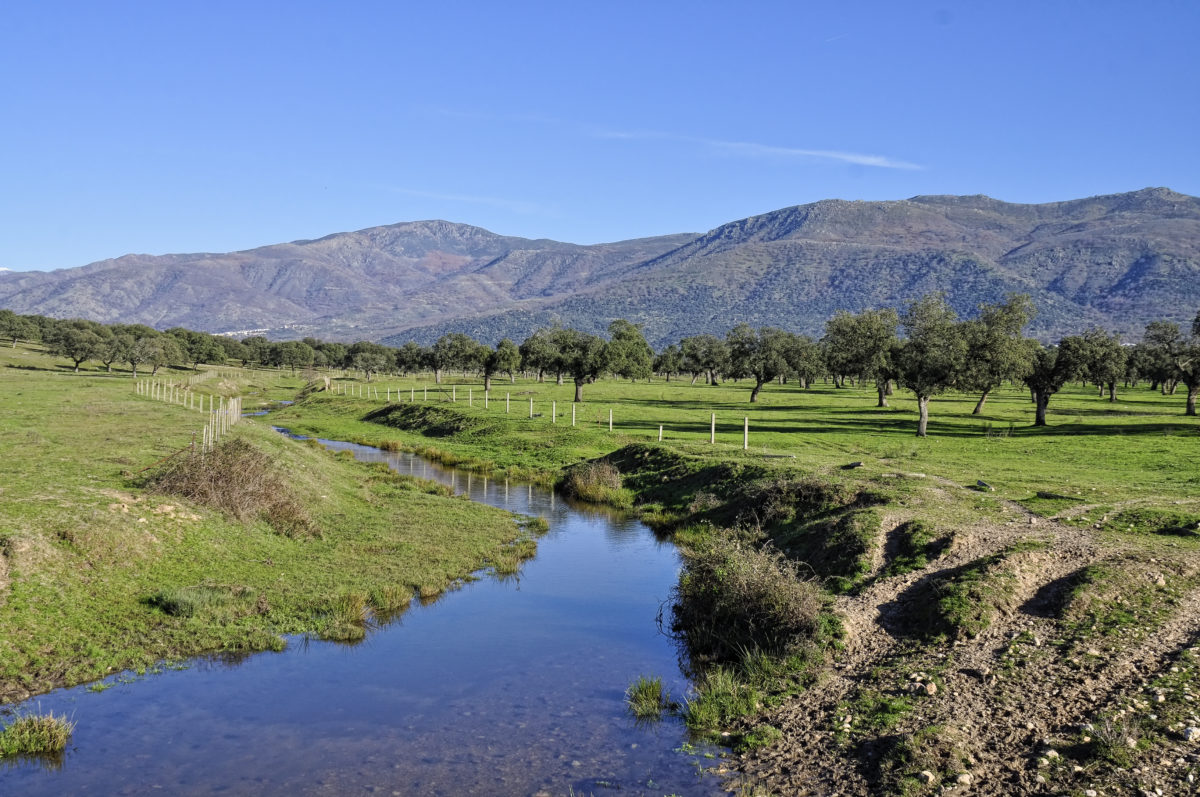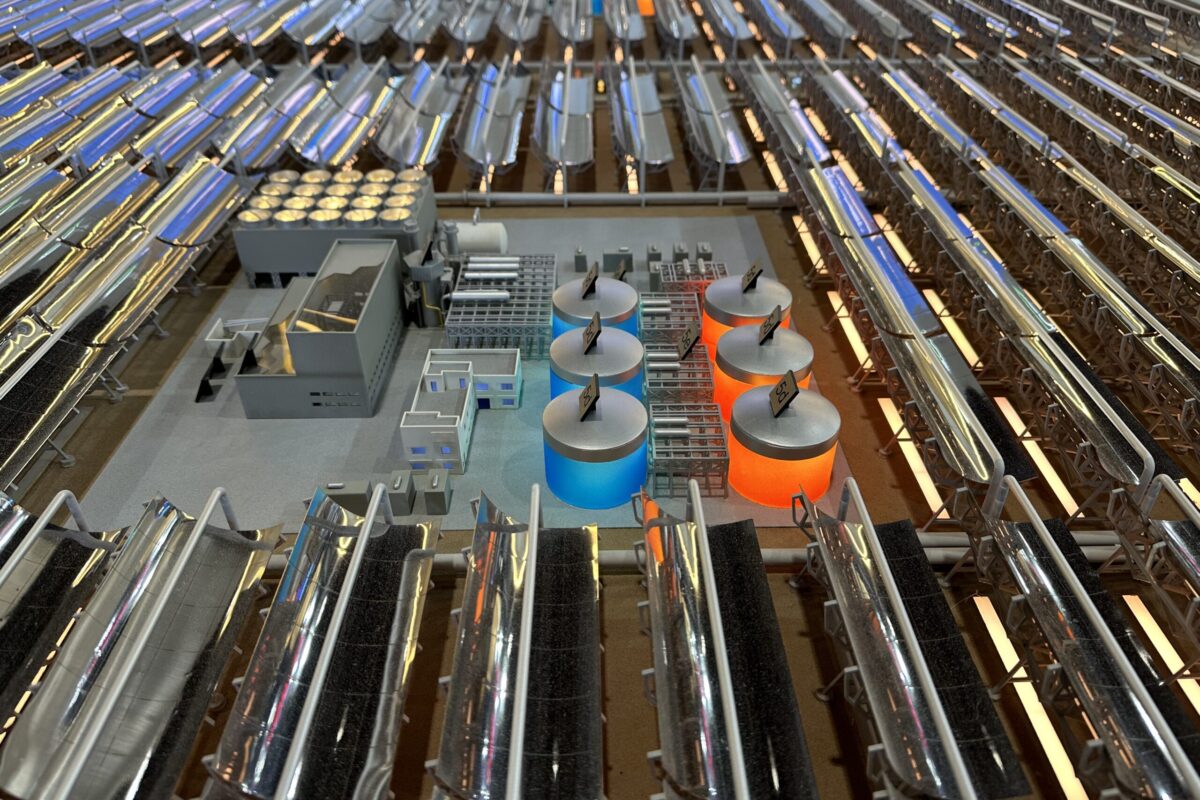Israeli solar company, Ellomay has secured a binding term sheet with an undisclosed international hedge provider for a power financial hedge for its 300 MW Talasol PV project in Spain.
The company said the financial hedge will cover between 3,500 GWh and 3,700 GWh of power over a 10-year period, which the facility will sell to the spot market starting from 2020, when the plant is expected to be operational.
“The hedging provides that if the market price goes below a price underpinned by the PPA, the Hedging Provider will pay Talasol the difference between the market price and the underpinned price, and if the market price is above the underpinned price, Talasol will pay the Hedging Provider the difference between the market price and the underpinned price,” Ellomay said in its statement.
This kind of contract, which is also known as “swap”, enables the project’s owner to be granted power prices within a range established by the financial hedge contract – also when spot prices are under this range – and the hedge provider to gain from the profits that are achieved by the solar plant, when spot prices are above this range.
Ellomay acquired the Talasol project through a share purchase agreement at a price of €10 million in May 2017. Later in July, it secured approval for the project from Spain’s Ministry of Energy, Tourism and the Digital Agenda. Ellomay previously said that, depending on the EPC agreement, the capex, including development costs and interest, is expected to be approximately €225-255 million.
If built, the project would be Spain’s first large-scale solar facility selling power to the spot market; something that is still considered difficult by the local renewable energy sector, to achieve . In a recent interview with pv magazine, the president of the Spanish solar association, UNEF, José Donoso, said that merchant PV may become a viable option in the spot market, but that the market design has to be adapted.
According to Donoso, the current market design, which was conceived in the 1980s, is based on marginalism. “This market design does not adapt to the characteristics of renewable energy, where the market price is defined according to the variable costs of technologies,” Donoso said.
“(That is) an element that for PV and other renewable energy technology is equal to zero. The Spanish PV sector is willing to go merchant. But in order to ensure good integration, the market structure has to change to adapt to the features of renewable energy and ultimately define prices in an efficient way.”
This content is protected by copyright and may not be reused. If you want to cooperate with us and would like to reuse some of our content, please contact: editors@pv-magazine.com.




By submitting this form you agree to pv magazine using your data for the purposes of publishing your comment.
Your personal data will only be disclosed or otherwise transmitted to third parties for the purposes of spam filtering or if this is necessary for technical maintenance of the website. Any other transfer to third parties will not take place unless this is justified on the basis of applicable data protection regulations or if pv magazine is legally obliged to do so.
You may revoke this consent at any time with effect for the future, in which case your personal data will be deleted immediately. Otherwise, your data will be deleted if pv magazine has processed your request or the purpose of data storage is fulfilled.
Further information on data privacy can be found in our Data Protection Policy.